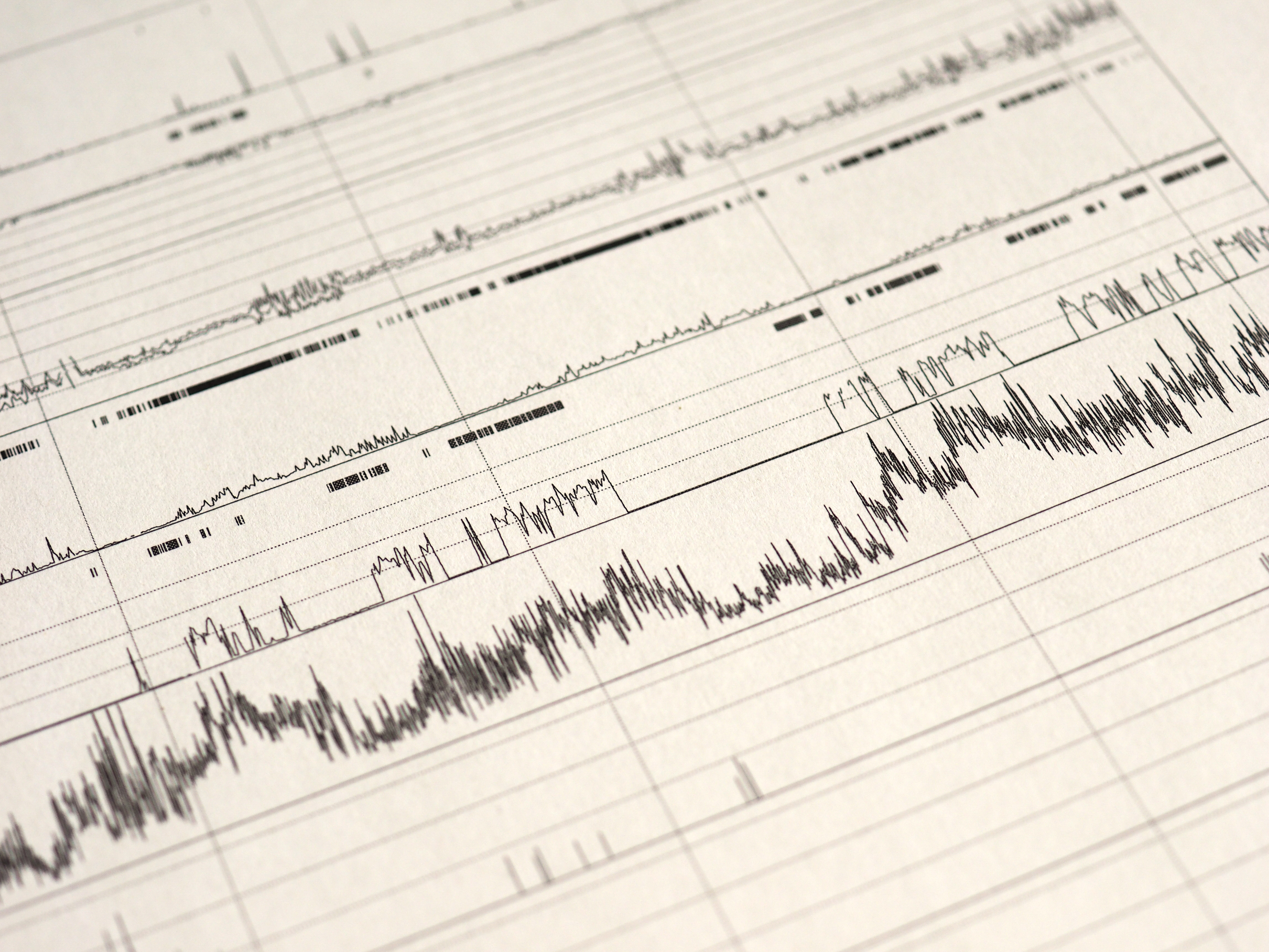Researchers at Nox Research, the research team at Nox Medical, and Harvard Medical School have reproduced the results of a sleep apnea endotyping method, endo-Phenotyping Using Polysomnography (PUP), which originated and was previously published by researchers at Harvard Medical School. In addition to validating the PUP method, the researchers created a cloud-based version of the method that will enable greater scalability and accessibility by a wider audience of researchers and clinicians.
With further development, this method could be developed to help clinicians better predict whether Positive Airway Pressure (PAP) therapy, oral appliances or pharmaceuticals are going to work for patients based on the data collected with the Nox sleep devices.
In addition to its potential as a predictive solution, the PUP Method could broaden the appeal for sleep disorder breathing treatments. “This is an important milestone in leading the industry,” said Dr. Jon Agustsson, PhD, Director of Analysis, Data, and Research at Nox Medical.
“We’re committed to developing a more holistic view of sleep health by creating technology that helps to identify the root cause of patients’ issues so they can get on the most effective treatment path possible. The respiratory endotypes correspond directly to the pathophysiological mechanism underlying sleep apnea, making it an attractive method for guiding treatment options.” Dr. Agustsson adds.
Improved Care for Patients
The PUP Method was originally developed by Harvard researchers Drs. Andrew Wellman and Scott Sands at the Division of Sleep and Circadian Disorders, Brigham and Women’s Hospital in Boston. Over the past three years, Nox Research’s Eysteinn Finnsson and team have been working alongside Drs. Wellman and Sands to adapt the method to the highly scalable Nox cloud environment.
In a recent article in Sleep Review Magazine, co-author Scott Sands, PhD, assistant professor of medicine at Harvard Medical School explains in a written statement that the goal of their work with respiratory endotyping is to help determine the underlying reason for sleep apnea in each patient
“With the respiratory endotyping that we have been working on, our goal is to help doctors answer why different patients have sleep apnea as opposed to whether or not they have it. That is not currently available information that is shown on a sleep study report,” says Prof. Scott Sands.
Finnsson, Sands, Wellman et. al. recently published the results of this research in the SLEEP Journal, this publication and other industry initiatives underscores the global industry’s interest in this method and appetite for solutions that can be used by clinicians to better determine effective treatment options for patients.
“A major limitation of current diagnostics techniques is that they do not provide information regarding the underlying cause or impact of sleep apnea in different individuals,” Finnsson said. “Respiratory endotyping is a methodology for identifying the pathophysiological traits of sleep apnea by better utilizing the wealth of data collected in a PSG. Endotyping could further help to guide combination therapy by identifying which traits to target with drugs or devices.” Finnsson adds.
In addition to validating the PUP method, this research represents an important step in making endotyping more accessible for both research and clinical purposes and highlights the potential for further developments of PSG endotyping.
Read the full SLEEP Journal article HERE.
Topic: Company Updates





